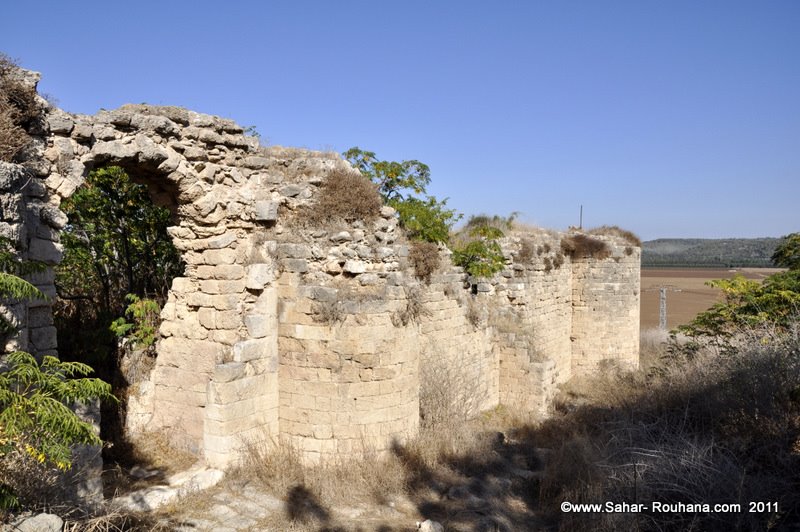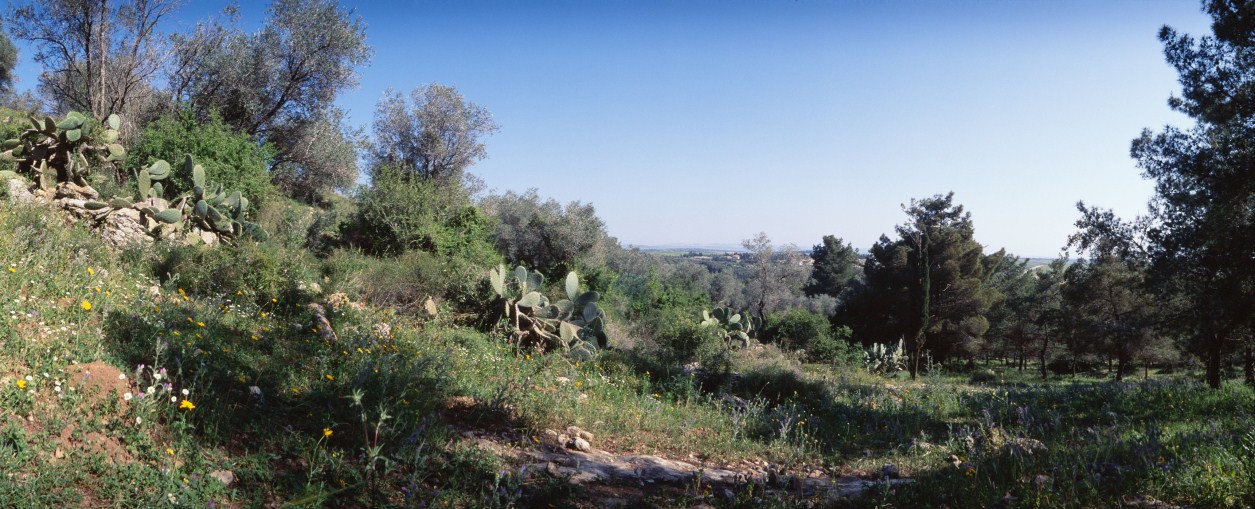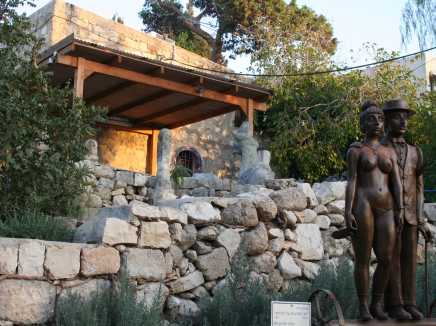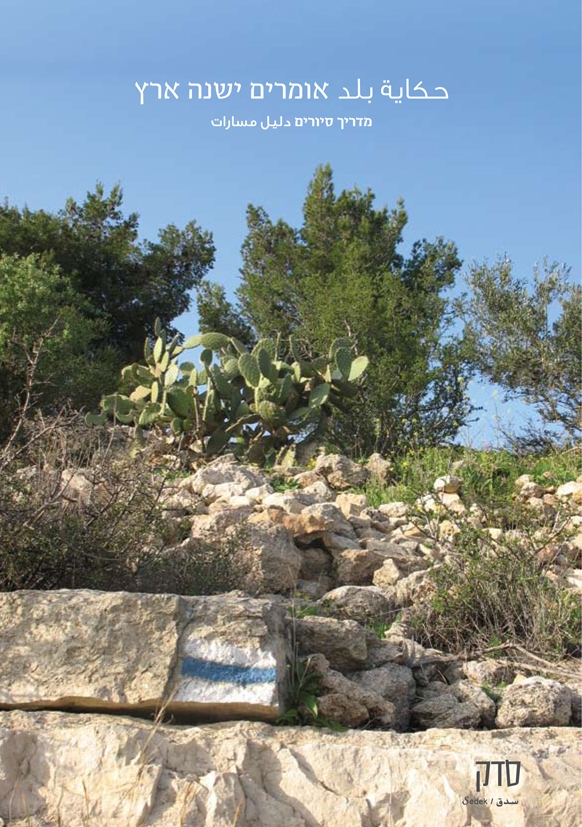Info
District: Haifa
Population 1948: 390
Occupation date: 16/07/1948
Jewish settlements on village/town land before 1948: None
Jewish settlements on village/town land after 1948: Part of Ein Ayala
Background:
Kafr Lam Before 1948
At a distance of 21.5 km from Haifa, the village was located on a sandstone hill on the coastal plain, about 1 km from the seashore. The coastal railway passed some 200 m to its west. According to the Arab geographer Yaqut al-Hamawi, the town of Kafr Lam was established near Qisarya (Caesarea) by the Umayyad caliph Hisham ibn 'Abd al-Malik. The French traveler Victor Guérin noted in 1841 that Kafr Lam was situated on top of a small hill and was inhabited by about 300 villagers, within a large stone enclosure which dated to the time of the Crusades. Mary Rogers, the sister of Edward Rogers (the British vice-consul in Haifa) visited Kafr Lam in 1856. She wrote that its houses were built of mud and stone and that the fields around the village abounded in Indian wheat, millet, sesame, tobacco, and orchards.
The villagers were Muslim, and they maintained a mosque and a boys' elementary school (closed during the Mandate). There were five wells on village lands, and animal husbandry and agriculture were the main economic activities. The antiquity of Kafr Lam documented in the literary sources remains evident from the partly-visible archeological remains.
Occupation, Depopulation, and Israeli Settlements
During the Ten Days between the two truces of the war (8-18 July 1948), a number of Israeli military operations were carried out that resulted in the occupation of a string of villages just south of Haifa. An operation which took place around 15-16 July resulted in the occupation of Kafr Lam, as well as al-Tira, al-Sarafand, and perhaps 'Ayn Hawd. According to the History of the War of Independence, it was the first time when support fire from naval forces was used, with two warships participating in the attack, aiming light-weapons fire at Kafr-Lam and al-Sarafand. The fate of the villagers is not mentioned here. The nearby al-Tira, however, occupied during the same operation, was depopulated by its attackers. According to Benny Morris, the occupying units sent some of al-Tira's villagers to the Triangle area, and others to POW camps.
In 1949, Zionist immigrants from South Africa and Britain established the settlement of ha-Bonim to the west of the village site, on village lands. Another settlement, 'En Ayyala, was established in 1949 southeast of the site, also on village lands.
The Village Today
Only a few houses and the abandoned Crusader fortress are still standing. Ahmad Bey Khalil's house has been converted into a school, and another one is being used as an Israeli post office.
----------------------
Source: al-Khalidi, Walid (ed.). All that remains: the Palestinian villages occupied and depopulated by Israel in 1948. Washington DC: 1992.






